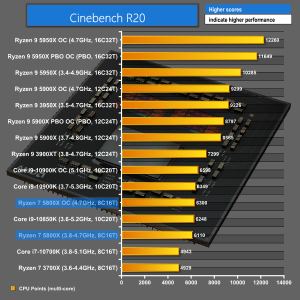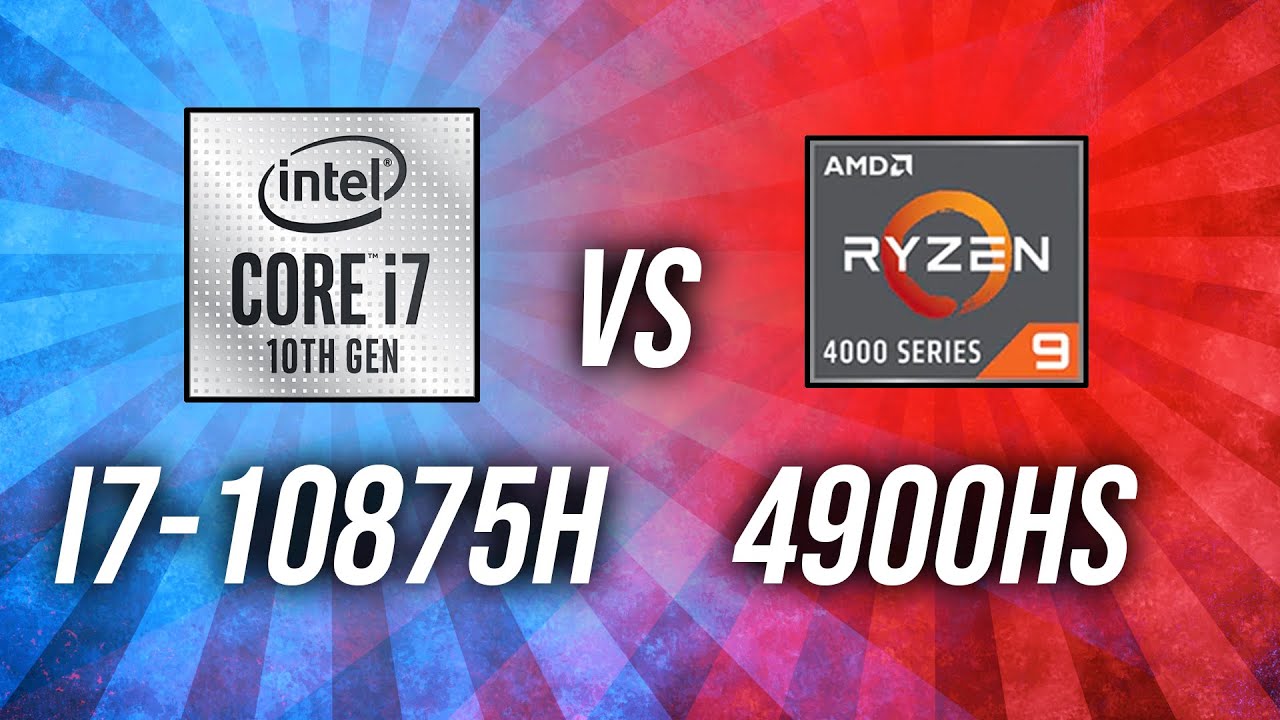

With that taken care of, let’s look at some of the free CPU stress testing tools. Also, it’s better to perform the stress test in an air-conditioned room. If the components exceed this limit, stop the stress test immediately. The general rule is that CPU temp should not cross 70 degrees Celsius and GPU temp not above 100 degrees Celsius.


There is no guarantee that passing one will mean you will always pass the other, and using a mixture of tests is not a bad idea. Arguably it will test more things than Prime95 will, but overall is a lower stress. If you only select FPU for example, it is closer to Prime95 like stress levels as it is using similar parts of the CPU. Also note that Ryzen is weak in FPU at about half the IPC of Intel, so Prime95 is not as much of a stress as on a similar configuration Intel.Īida64, I'm not sure if they've ever explained exactly how or what they test beyond the general categories you can select on the stress test window. Big FFTs will lean more towards stressing the IMC and ram. Smaller ones will fit inside the processor cache, and will hit the execution cores hard. The default "Blend" tests a variety of FFT sizes. Older versions treat it like older AMD CPUs and uses some other transform. You need at least version 29.x to detect Ryzen, and in that case it will use FMA3 like on Intel.


 0 kommentar(er)
0 kommentar(er)
